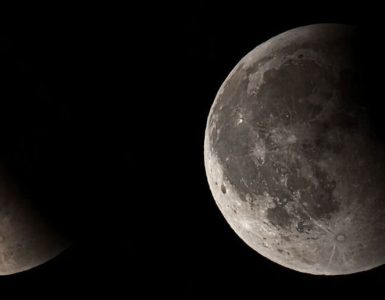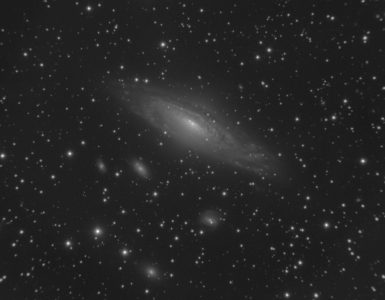If one points a fixed camera at the sky and leaves the shutter open, the rotating earth causes star trails in the image because of the long exposure. The length of these trails depends on the exposure time. This image shows the area around the north celestial pole, around which all stars move during the day. The star closest to the pole is the relatively bright “Polaris”. However it is not exactly at the celestial pole but about 0.7 degrees away from it. Because of the proper motion of all stars “Vega” (brightest star in Lyra) was the pole star about 14,000 years ago and in 5,500 years this will be “Alderamin” (brightest star in Cepheus).
Canon M50, focal length 15 mm (APS-C), ISO200, F/5.6, 11 exposures with 10min each, stacked with the software “Sequator”, foreground from only one of the frames.
Image: Johannes Kowsky, 12th year scholar






So many many beautiful blue, yellow, white star-diamonds rings for their 2nd wedding……
Feines Foto: Tolles Motiv, perfekt belichtet und “knackscharf”!
TOPFOTO !